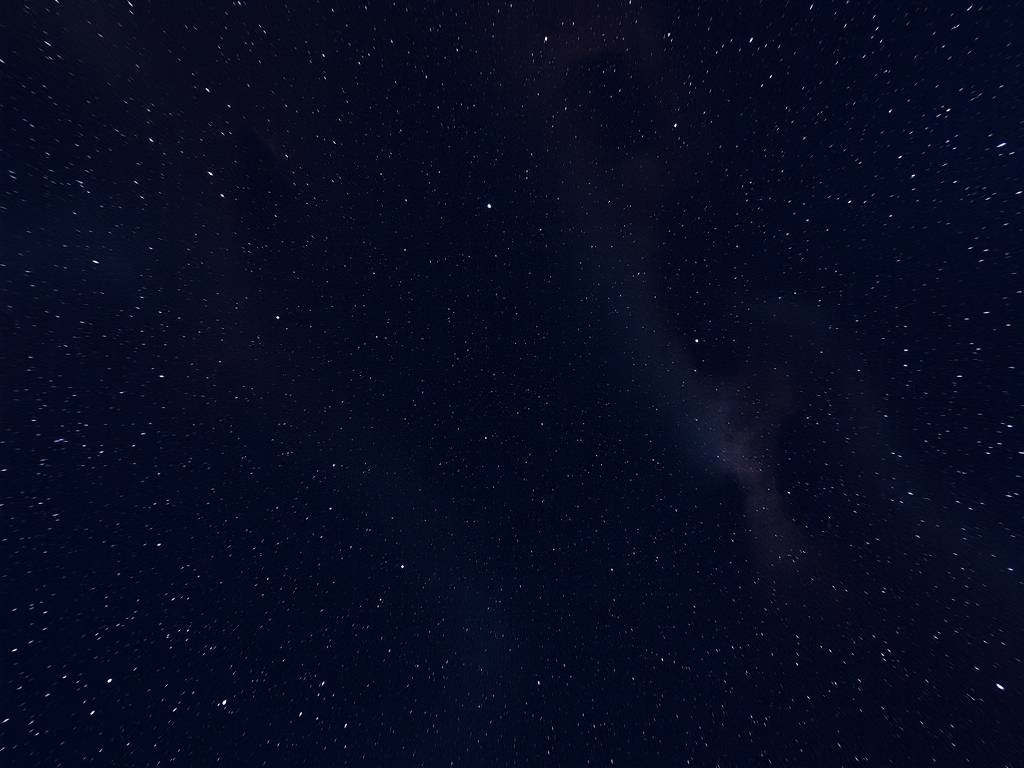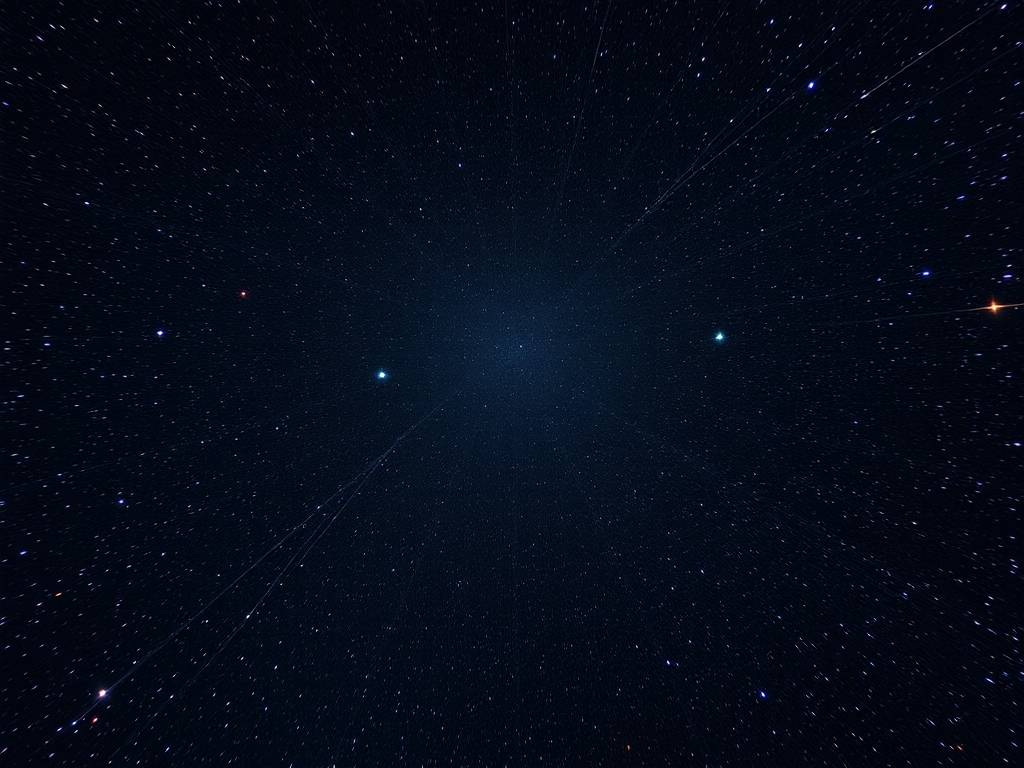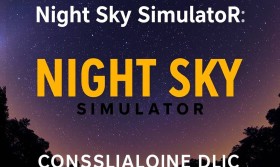Stellar Forge: Navigating the Cosmos with Star Cluster Simulator VR's Deep Space Expansion
Have you ever gazed up at a clear night sky, looked at the hazy patch of the Pleiades, and felt a deep, innate curiosity? A wonder about what it would truly be like to be there, to fly amidst a family of newborn stars, to feel the sheer scale of a globular cluster where a million suns vie for your attention. For years, this experience was confined to our imaginations and the flat, distant images from telescopes. But now, the frontier of cosmic exploration is opening up, not just for astronauts, but for you. Welcome to the next giant leap in virtual astronomy: the Deep Space Expansion for Star Cluster Simulator VR.
This isn't just an update; it's a paradigm shift. The core Star Cluster Simulator VR experience already redefined educational entertainment by allowing us to step inside our galaxy. But the Deep Space Expansion tears down the final barriers, transforming you from an observer into an intrepid cosmic voyager. It answers the fundamental question every user has: "What's beyond the familiar stars?" The answer is a universe more vibrant, dynamic, and accessible than you ever thought possible.

At the heart of this expansion is the revolutionary Interstellar Navigation and Warp Drive System. The original simulator let you move around, but now you can travel between. Imagine standing on the virtual bridge of your own personal starship. With a gesture, you pull up a 3D star map of the Milky Way, glittering with known star clusters, nebulae, and exotic destinations. You select a target—perhaps the ancient, dense cluster of Messier 80. You engage the warp drive, and the stars around you stretch into brilliant streaks of light, the galaxy swirling past your cockpit in a breathtaking display. This seamless, intuitive interstellar travel mechanics solve the problem of scale, making the vastness of our galaxy not just manageable, but an exhilarating playground. You are no longer tethered to a single patch of sky; the entire galaxy is your destination.
Upon arriving at a new cluster, the expansion unveils its second masterstroke: Dynamic Stellar Evolution in Real-Time. Before, you could watch stars age, but now you can witness the full, dramatic lifecycle of a star cluster. This feature directly addresses the user's desire to not just see, but to understand. You can fast-forward millions of years and watch a massive star go supernova, its shockwave rippling through the surrounding nebula and triggering the birth of a new generation of stars. You can rewind time to the very birth of a cluster, seeing it emerge from its cold, dark molecular cloud. This real-time star cluster life cycle simulation is an unparalleled educational tool, making complex astrophysics intuitive and visually spectacular. It answers "what if" questions instantly, fostering a deep, experiential understanding of cosmic time.
The expansion also introduces a rich layer of discovery with its Exoplanet Discovery and Analysis Suite. We all wonder if we're alone in the universe, and now you can actively search for answers. Your virtual ship is equipped with advanced sensors that allow you to scan stars within a cluster for the tell-tale dip in brightness caused by an orbiting planet. When you find one, you can fly to it, analyze its atmosphere for biosignatures, and even land on its surface. Is it a scorching hot Jupiter, a frozen super-Earth, or a world with a liquid water ocean under a pink sky? This interactive exoplanet research module transforms you from a tourist into a scientist, providing powerful, engaging virtual astronomy tools for education that are as fun as they are informative.
But what about the sheer, awe-inspiring beauty of space? The Deep Space Expansion has elevated its visual and auditory engine to a true work of art. We're talking about Photorealistic Nebula Gas and Dust Rendering that uses actual astrophysical data. You can now fly through the Veil Nebula, with its intricate, wispy filaments of ionized gas glowing in ethereal colors around you. The light from nearby stars scatters through cosmic dust, creating god rays that pierce the void. This, combined with a fully spatialized, ambient soundtrack, creates an experience of profound immersion. It’s not just a simulation; it’s a form of digital astro-tourism that satisfies the soul's need for wonder. This commitment to high-fidelity cosmic visualization ensures that every visit is a unique and breathtaking postcard from the cosmos.
Crucially, the expansion is built with a diverse community in mind. For the avid learner, there are curated "Cosmic Tours" guided by renowned astrophysicists. For the creator, enhanced VR sandbox mode for creating custom star systems allows you to build your own clusters, adjust physics parameters, and run experiments. For the social explorer, new multiplayer features let you embark on these journeys with friends, sharing the moment of discovery as you uncover a rare diamond planet or a binary star system together. This focus on collaborative virtual space exploration makes the cosmos a shared experience.

The Deep Space Expansion for Star Cluster Simulator VR is more than a piece of software. It is a gateway. It solves the problem of distance, the problem of complexity, and the problem of passive learning. It brings the universe to your living room, not as a series of pictures, but as a living, breathing, dynamic reality you can interact with. It empowers you with the tools of a modern astronomer and the freedom of a science-fiction hero.
So, charge your headset, calibrate your controllers, and prepare to engage the warp drive. A universe of ancient star clusters, stellar nurseries, and uncharted worlds is waiting. Your journey into the grand, star-filled darkness begins now. The ultimate immersive astronomy experience is here.


















